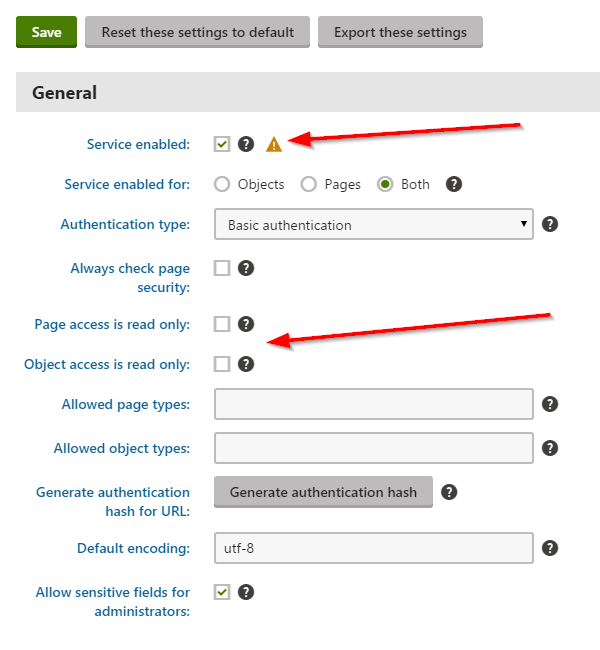Hi Kimsan,
First you need to enable and ensure your REST API is configured in your kentico application
#Configure Rest Services. In the Admin/Settings/Integration/REST settings, you will want to make sure you set the following:
Service Enabled
Make sure the service is enabled on your site!
Authentication mode
In my example, I will be using “Basic Authentication.” You can also choose Forms Authentication, as well as set a hash for the URL.
Object access is read only
This will determine if users will be able to create objects, rather than only reading them. You will want to make sure that “objects” are NOT set to read only.
Allow sensitive fields for administrators
This setting will allow us to set the password for the new user account. Only Global Administrators are allowed to do this action.

Then run any rest url to get data to test rest is enabled and working fine.
Example: http://localhost/KenticoCMS/rest/cms.country
Output: All cms.country objects retrieved in XML format.
Then you can move forward with various data manipulation option using REST API.
Use your logic to perform delete operation using rest API
example:
Delete by object ID
YourRestURL/ObjectName/ID
Delete by object GUID
YourRestURL/ObjectName/GUID
URL: http://localhost/Kentico10/rest/cms.attachment/332
Using AjaxRequest
$.ajax({
url: 'http://localhost/Kentico10/rest/cms.attachment/332',
type: 'DELETE',
success: function(result) {
// Do something with the result
}
});
Thanks
Happy to help you